Blog
Explore the Power of Lithium Innovation
Stay updated with the latest trends, technologies, and application insights in the world of lithium battery solutions
Search the whole station
Explore the Power of Lithium Innovation
Stay updated with the latest trends, technologies, and application insights in the world of lithium battery solutions
Drone batteries come in different types, each with its own strengths and limitations depending on the drone’s purpose. Here’s a breakdown of the most common options and where they are typically used.
Advantages: These batteries offer high energy density, are lightweight, charge quickly, last a long time, and don’t suffer from memory effect.
Disadvantages: They cost more than other options, require strict charging and discharging control, and can be damaged by overcharging or deep discharging.
Application Scenarios: A great choice for mid-to-high-end drones, especially models that focus on being lightweight and having long flight endurance.

Advantages: LiPo batteries are essentially an improved version of standard lithium batteries. They have higher energy density, weigh less, self-discharge more slowly, charge quickly, and offer long service life—making them an excellent energy solution.
Disadvantages: They are relatively expensive and need special protection circuits to operate safely.
Application Scenarios: Commonly found in small to medium-sized drones. They are especially useful for drones that need to carry extra batteries or equipment to extend flight time or handle additional payload.
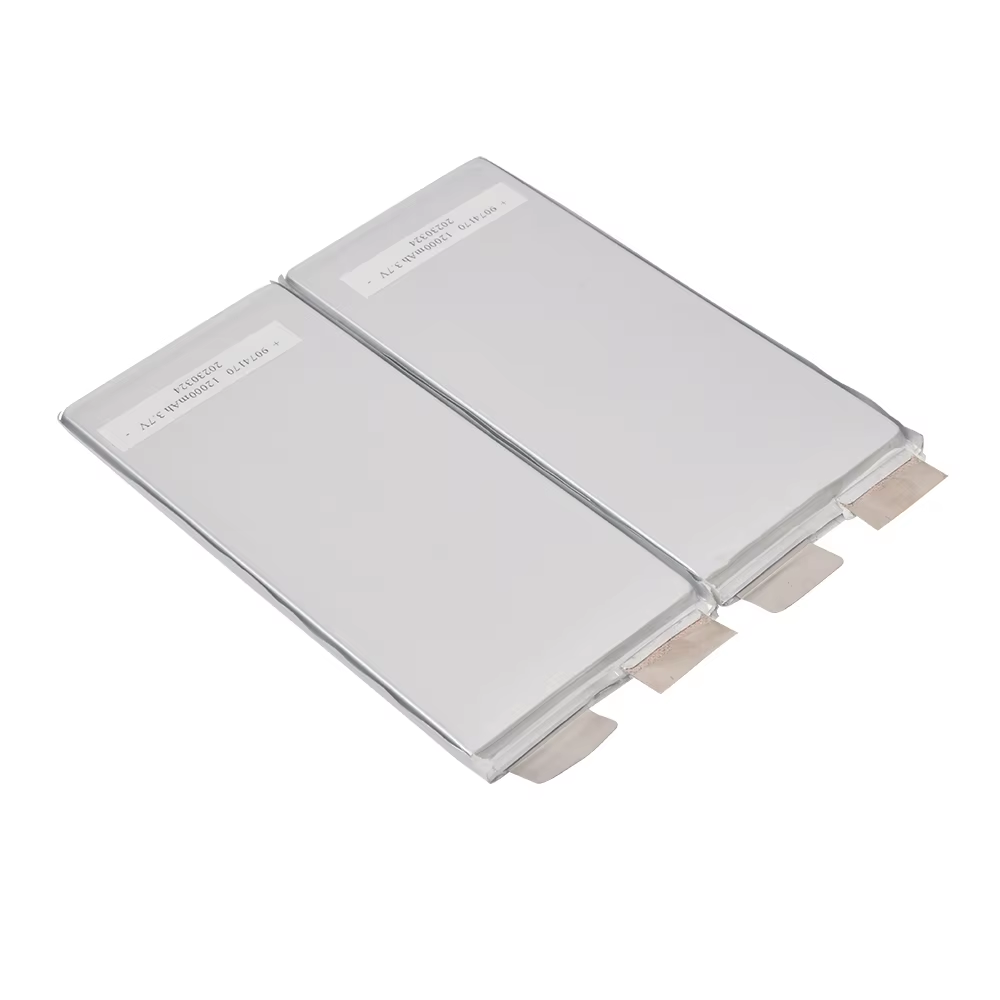
Advantages: Affordable, long-lasting, and more environmentally friendly than some alternatives.
Disadvantages: They have lower voltage, heavier weight, smaller capacity, and a higher self-discharge rate compared to lithium-based batteries.
Application Scenarios: Mostly used in entry-level or budget drones, making them suitable for beginners or users who don’t want to invest heavily.
Advantages: Known for being inexpensive and reliable.
Disadvantages: Bulky, heavy, and with low energy density, they are not ideal for long flights or high-power needs.
Application Scenarios: Sometimes used in larger drones or for specific purposes, such as agricultural spraying drones.
LiPo batteries are built with polymer electrolytes, lithium-based electrodes, and separators. Compared with older liquid electrolyte lithium batteries, they provide higher energy density, improved safety, and longer lifespan.
This is why LiPo batteries have become the go-to option for drones. They help extend flight time and make drones more reliable for demanding uses like aerial photography, security monitoring, agriculture, and even search and rescue missions. Their enhanced safety profile also makes them more dependable in real-world applications.
Looking ahead, graphene batteries could eventually become a powerful alternative for drones. But since the technology is still developing, they remain a future possibility rather than a current solution.
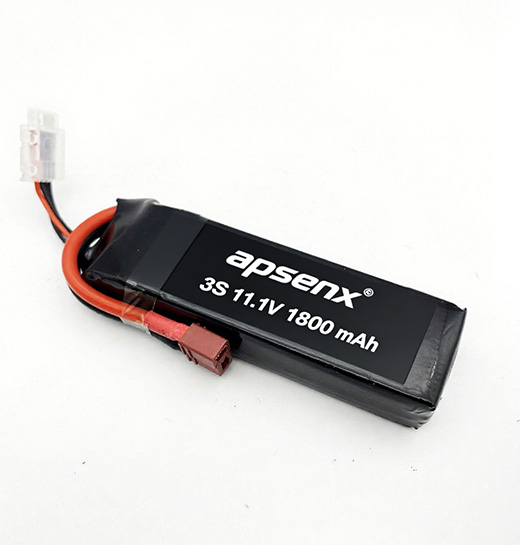
Apsenx 3S LiPo battery delivers powerful, stable energy for FPV and RC drones. Designed for advanced pilots, it balances voltage, capacity, and weight for optimal flight performance and extended runtime.
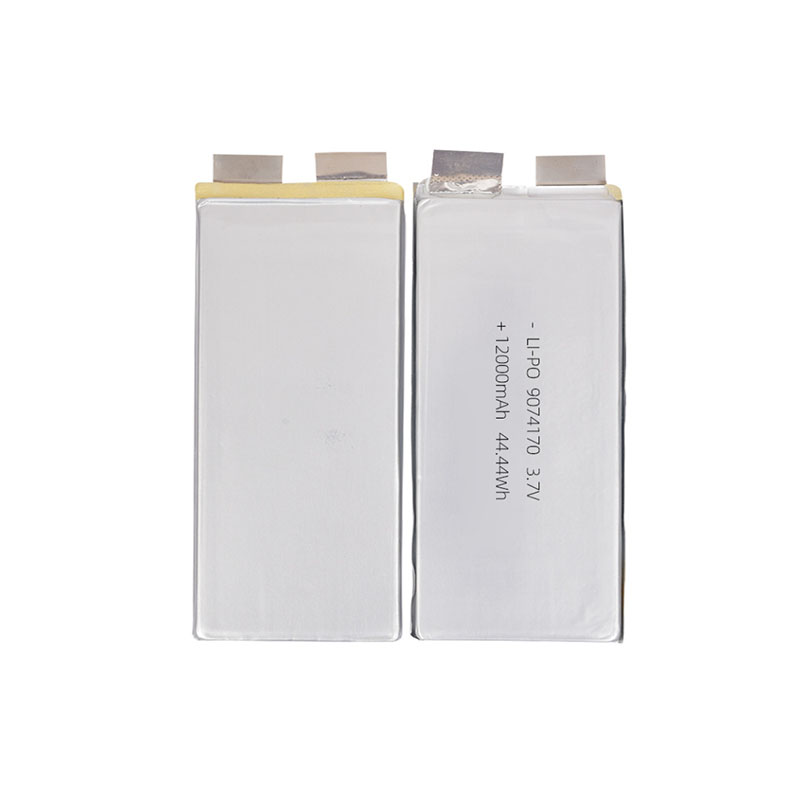
Apsen 12000mAh high-rate low-temperature UAV lithium battery with smart BMS for industrial and consumer drones. Long endurance, high discharge rate, customizable voltage, and certified global safety compliance.
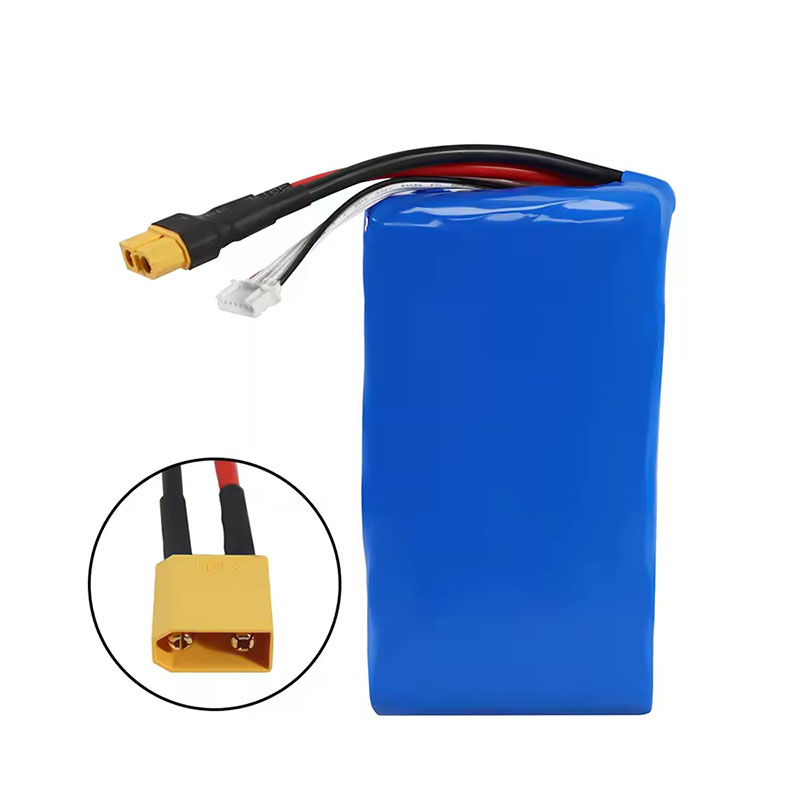
Apsen 8000mAh 21700 6S2P 22.2V 10C LiPo battery for RC aircraft, FPV drones, and industrial UAVs. High discharge rate, customizable connectors, OEM/ODM support, and certified safety compliance.
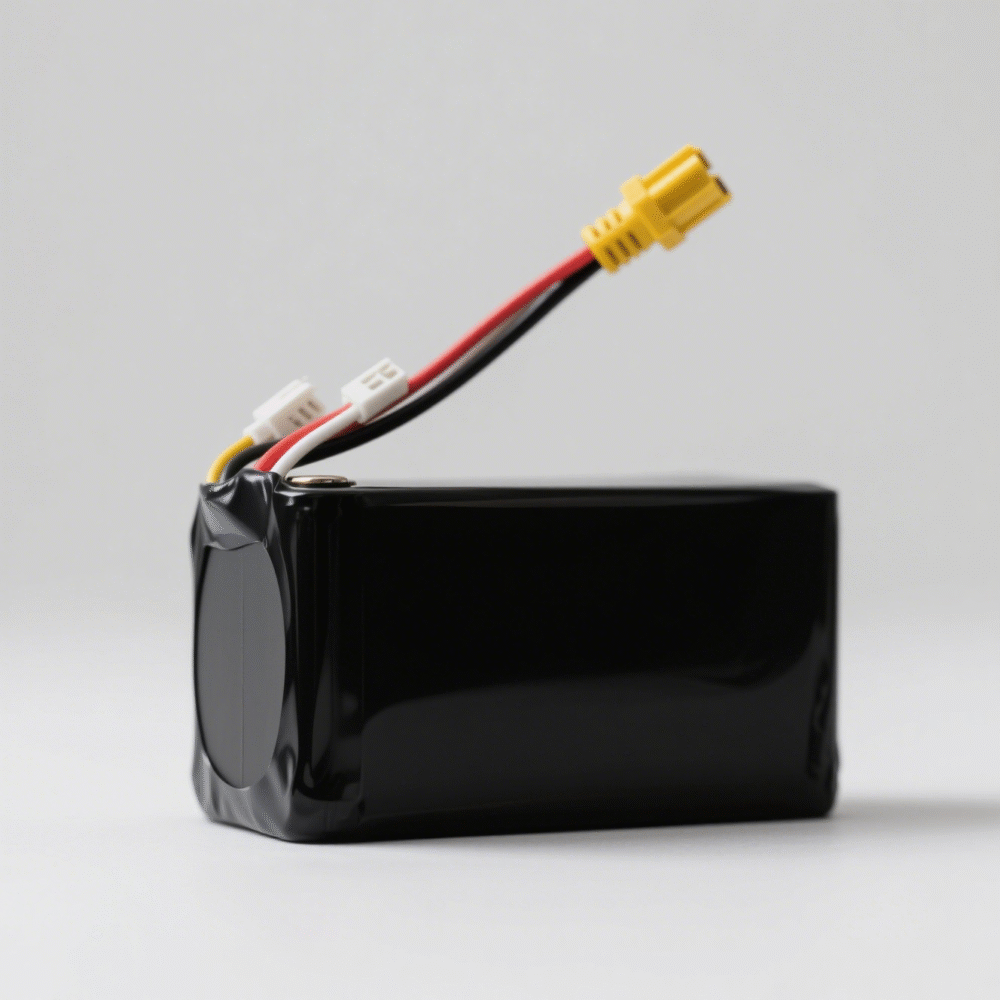
Apsenx 6S 22.2V 12000mAh LiPo battery for agricultural drones, FPV racing, and RC aircraft. Features XT90 connector, high discharge rate, long flight endurance, and full OEM customization.
Explore the differences between 18650 potassium-ion and lithium-ion batteries, including working principles, energy density, cost, and applications. Learn why potassium-ion batteries are emerging as a sustainable alternative.
View detailsBased on real-world tests in Ontario, California and Brooklyn, New York, this article explains how to replace 18650 batteries in solar lights. It covers ICR, INR, and LiFePO4 battery options, step-by-step installation, and common troubleshooting t...
View detailsDiscover how to determine the optimal number of 18650 batteries for electric bicycles. Learn about battery capacity, BMS impact, space limitations, and Apsen Technology’s custom battery pack solutions for reliable and safe performance.
View detailsExplore the 12V 4S 18650 battery pack, its series-connected cell structure, BMS protection, and versatile applications in portable electronics, power tools, and small-scale energy storage systems.
View details
HelloPlease log in